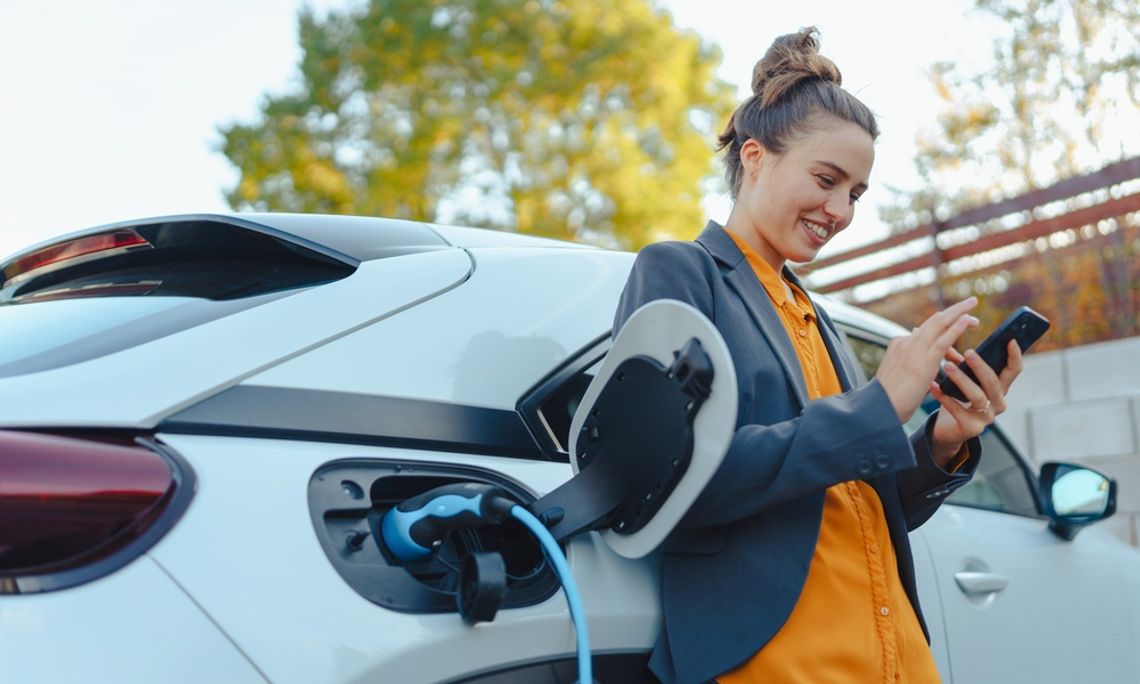As electric vehicles become a staple on our roads, understanding the nuances of charging them at home is more important than ever. Setting up a home charging station is the first step, but the real key lies in knowing how to maximize efficiency in your home EV charging setup. Read on as we walk you through the essential strategies to ensure your home charging station operates at peak performance, providing a seamless and cost-effective experience.
Understanding Your Charger
The foundation of an efficient charging system is the charger itself. There are different levels of chargers available, each with its own power output and charging speed. Level 1 chargers, which use a standard household outlet, are the slowest and often the least efficient due to longer charging times and potential energy loss.
Level 2 chargers offer a bigger upgrade, providing faster charging speeds and better overall efficiency. They require a dedicated 240-volt circuit, similar to what a large appliance like an electric dryer would use.
Strategic Charging Times
When you charge your EV, it can be just as important as how you charge it. Many utility companies offer time-of-use (TOU) electricity rates, where prices are lower during off-peak hours, typically late at night. Charging your vehicle during these periods can drastically reduce your energy costs.
Most modern EVs and smart chargers allow you to schedule charging sessions in advance. You can simply plug in your car when you get home and program it to start charging when the rates are lowest.
Smart Charger Advantages
A smart charger is a game-changer for home EV charging. These devices connect to your home's Wi-Fi, giving you remote control and access to a wealth of data through a smartphone app. You can start, stop, and schedule charging sessions from anywhere. Furthermore, some smart chargers can monitor your home's overall energy consumption and adjust the charging power to avoid overloading your electrical panel, ensuring both safety and efficiency.
Maintaining Battery Health
Efficient charging is also about preserving the health of your EV's battery. Consistently charging your battery to 100% or letting it drop to near zero can degrade it over time. Most EV manufacturers recommend keeping the battery's state of charge between 20% and 80% for daily use. Consider the role of NEMA 14-30 in your home EV charging setup, as this common 240-volt outlet type supports many Level 2 chargers, offering a reliable and efficient power source.
Your Path to Smarter Charging
By implementing these strategies, you can transform your home into a highly effective and economical hub for your electric vehicle. Thinking about when you charge, the equipment you use, and how you treat your battery are all crucial components of how to maximize efficiency in your home EV charging setup. Taking these steps ensures that you get the most out of your investment, enjoying the convenience of home charging while minimizing costs and environmental impact.


Comment
Comments